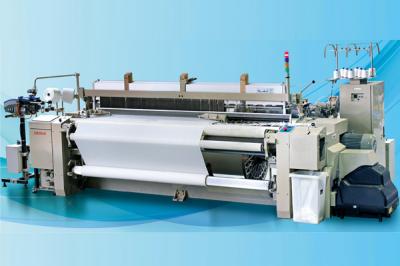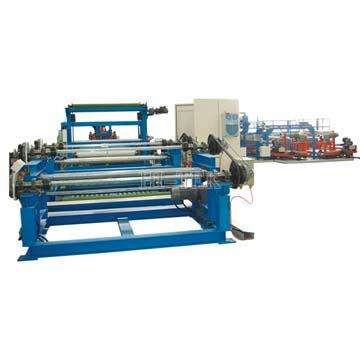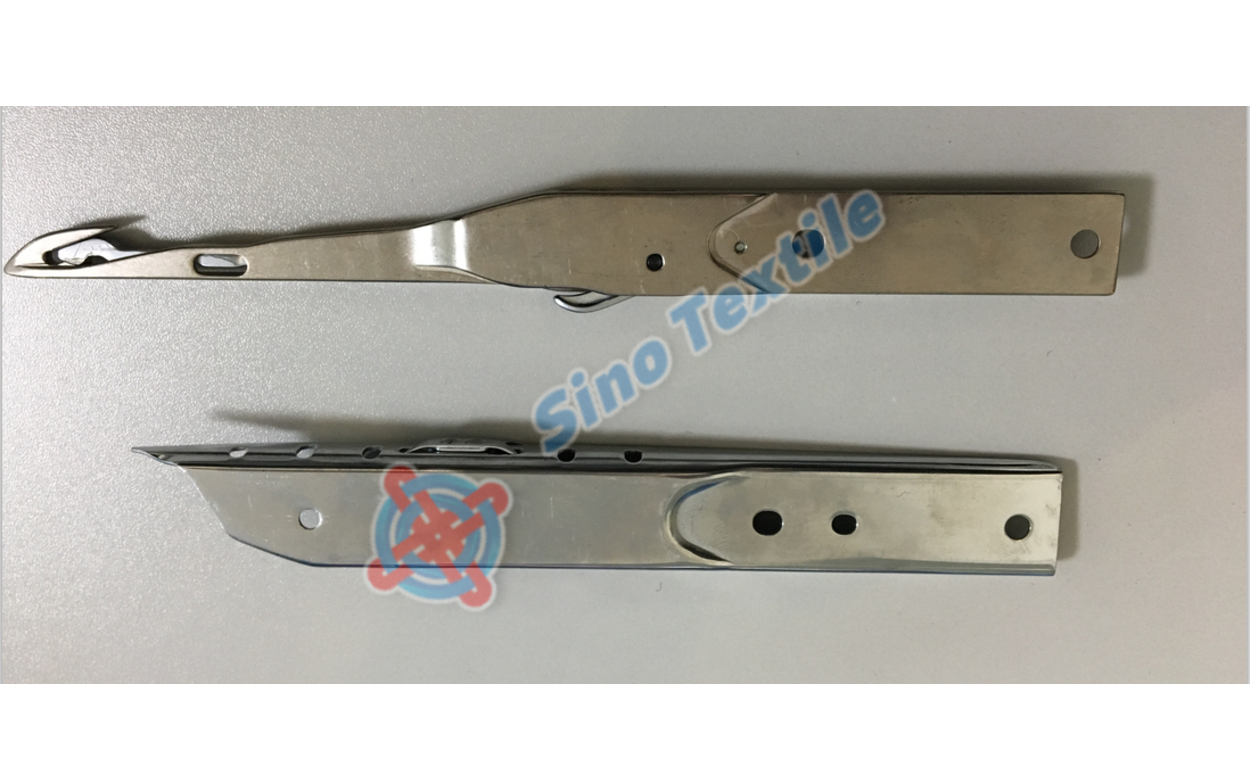The Operation Situation of Textile Machinery Industry in the First half of 2017
1. Main indexes of the operation of textile machinery industry
1) scale of the industry
From January to June 2017, the main business revenue of the textile industry was 61.48 billion yuan, year-on-year growth was 12.74%, 10.53 percentage points higher than a year earlier. The total amount of assets was RMB 1001.28 billion, an increase of 5.66%, an increase of 2.54 percentage points over the same period last year.
2) the cost structure
From January to June, the total cost of the textile industry was 56807 million yuan, up 11.85% year on year. Among them, the main business cost is 515.94 billion yuan, a year-on-year increase of 12.69 percent, and the main business costs account for 90.82% of the total cost. The operating expenses of 1 billion 600 million yuan, an increase of 9.93%, accounting for 2.82% of the total cost of operating expenses. The management fee was 29.98 billion yuan, an increase of 1.60%, management costs accounted for the proportion of total cost of 5.28%; The financial cost was 614 million yuan, an increase of 2.31%, accounting for 1.08% of the total cost.
3) the profitability
In January and June, the total profit of the textile industry was 42.89 billion yuan, an increase of 23.11%; The loss of the loss-making enterprises was 222 million yuan, down 33.73 percent year on year. The deficit was 14.52%.
4) investment situation
From January to June, the total fixed asset investment in the spinning industry was 13.421 billion yuan, down by 2.53 percent year-on-year, and the growth rate was lower than that of manufacturing (5.5%) and textile industry (9.11%).
2. The import and export of textile machinery industry
According to the customs statistics, the total import and export of textile machinery in China in January to June 2017 was us $31.13 billion, an increase of 13.49%. Among them: textile machinery exports $1.526 billion, up 4.07 percent year on year; Imports were $15.87 billion, up 24.31 percent year on year.
1) import profile of textile machinery products
From January to June, total imports of textile machinery from 54 countries and regions totaled us $15.87 billion, up 24.31 percent year on year. From the import product category, auxiliary devices and textile machinery spare parts import ranks first. Imports amounted to $376 million, an increase of 34.25%, accounting for 23.68% of total imports. In the seven major categories of products imported, auxiliary equipment and spare parts, spinning device, knitting machinery, printing and dyeing finishing machines, weaving machines, nonwoven machinery are positive growth, year-on-year growth of 34.25%, 27.72%, 33.62%, 34.32%, 23.00%, 6.48%. The major countries and regions of textile machinery import are Japan, Germany, Italy, Belgium and Taiwan. The trade volume of the top five imports was us $1.269 billion, up 22.97 per cent year on year, accounting for 80.82 per cent of total imports.
2) the export overview of textile machinery products
From January to June, textile machinery exports were $1.526 billion, an increase of 4.07%. The knitting machinery exports was $502 million, down 0.23% year-on-year %, accounted for 32.93%, ranked first, followed by dyeing finishing machinery, auxiliary equipment and spare parts, weaving machinery, spinning machinery, chemical fiber and nonwoven machinery. Seven products, five liters, two drop. Exports of textile machinery products to 166 countries and regions, and the five countries and regions in the top five countries are India, Bangladesh, Vietnam, Pakistan and the United States. The exports to the above countries and regions account for 51.94% of the total exports, which are the major countries and regions of China's textile machinery export. India has been our largest trading partner, and exports to the United States have entered the top five for the first time in recent years. From January to June, total exports to India amounted to us $322 million, up 0.85 per cent year on year, accounting for 21.08 per cent of total exports.
3. The summarize
To sum up, the economic operation of the textile machinery industry has been improved by the overall smooth operation of the domestic textile industry and the improvement of domestic textile market demand. The trade in both imports and exports is growing. The spinning industry is trying to adjust the structure of the industry, build a multi-point support system, and follow the development pace of One Belt And One Road, which was better than last year.

 English
English  한국어
한국어  português
português  العربية
العربية  tiếng việt
tiếng việt  ไทย
ไทย  Malay
Malay  हिंदी
हिंदी  Indonesia
Indonesia  বাঙালি
বাঙালি  اردو
اردو 


